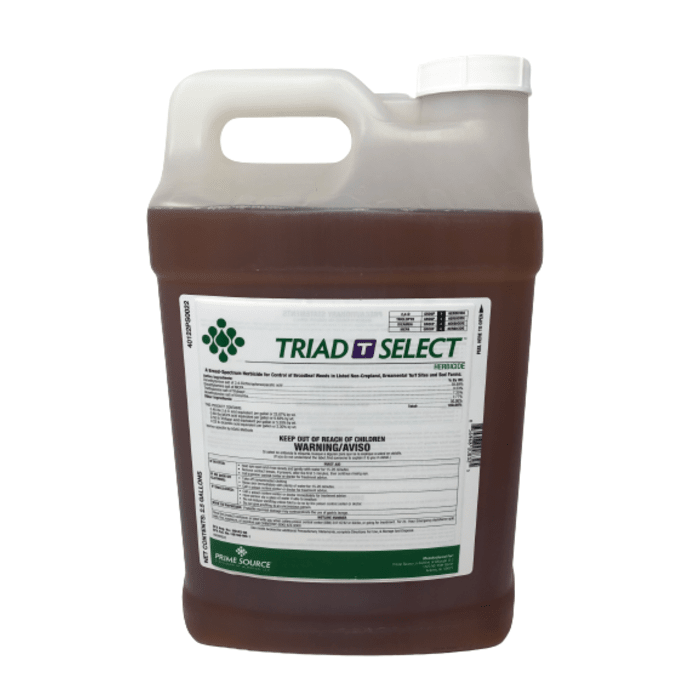Wild Violet & Creeping Charlie


How to Identify Wild Violet:

What is Wild Violet: A perennial weed with a long tap root on it.
When: Best time to control Wild Violet is fall, but also possible in the spring. Herbicides applied in fall translocate down into the tap root better and give better success with control. For the best control, multiple applications are recommended.
What to Use: Best to use a broadleaf killer that contains Triclopyr, it will selectively kill the violets without damaging the grass. Avoid making applications during summer under conditions of high temperature and drought.
Surfactants: With Wild Violet having a waxy coating, it is highly recommended to use an oil-based surfactant. Oil-based surfactants help break down that waxy layer and allow more herbicide-to-plant contact. Examples include Novita MSO and Novita COC. (See herbicide label for specific surfactant recommendations)
CW Recommendations: Products that contain Fluroxypyr & Triclopyr tend to have the best results on wild violet.
There is no postemergence herbicide that will eradicate wild violet from desired grass in a single application; all will need to be applied sequentially, likely over multiple seasons for complete removal.


What is Creeping Charlie: An aggressive common low-growing perennial garden weed that favors shaded, moist areas, and infests poorly managed lawns. They bloom on vertical stems from March through July.
How Do They Grow: Shady lawns with poorly drained fertile soil are typical sites for creeping Charlie to develop into a major problem. It thrives in shade, moist areas in low wooded habitats, roadsides, and disturbed soil sites. It reproduces by seed and also by rooting on its creeping stems. It creeps along the soil surface and forms roots where the leaves join the stem.
When: Herbicide applications should be made in April, May, or June when plants are in bloom and actively growing.
CW Recommendations: Best controlled chemically by most herbicides containing the active ingredient Triclopyr.

Products With Wild Violet & Creeping Charlie
-
Triclopyr 4
AlligareActive Ingredient:Triclopyr: 61.6%Original price $49.00 - Original price $161.00Original price$161.00$49.00 - $161.00Current price $161.00in stockOriginal price $49.00 - Original price $161.00Original price$161.00$49.00 - $161.00Current price $161.00 -
Relegate (Triclopyr 4)
NufarmActive Ingredient:Triclopyr: 61.6%Original price $79.95 - Original price $162.95Original price$162.95$79.95 - $162.95Current price $162.95in stockOriginal price $79.95 - Original price $162.95Original price$162.95$79.95 - $162.95Current price $162.95 -
Novita MSO
NovitaActive Ingredient:Methylated Seed Oil (MSO)Original price $24.00 - Original price $64.00Original price$64.00$24.00 - $64.00Current price $64.00in stockOriginal price $24.00 - Original price $64.00Original price$64.00$24.00 - $64.00Current price $64.00 -
Crossbow Brush Herbicide
TenkozActive Ingredient:24-D BEE: 34.4% Triclopyr: 16.5%Original price $73.50 - Original price $149.95Original price$149.95$73.50 - $149.95Current price $149.95in stockOriginal price $73.50 - Original price $149.95Original price$149.95$73.50 - $149.95Current price $149.95 -
Novita COC (Crop Oil)
NovitaActive Ingredient:Crop Oil Concentrate: 83%Original price $59.00 - Original price $59.00Original price$59.00$59.00 - $59.00Current price $59.00in stockOriginal price $59.00 - Original price $59.00Original price$59.00$59.00 - $59.00Current price $59.00 -
Candor (Crossbow) Herbicide
NufarmActive Ingredient:24-D BEE: 34.4% Triclopyr: 16.5%Original price $69.90 - Original price $147.90Original price$147.90$69.90 - $147.90Current price $147.90in stockOriginal price $69.90 - Original price $147.90Original price$147.90$69.90 - $147.90Current price $147.90 -
Sublime
Albaugh SpecialtyActive Ingredient:Triclopyr: 29.50% Dicamba DGA: 16.27% Mesotrione: 5.20%Original price $61.00 - Original price $345.00Original price$140.00$61.00 - $345.00Current price $140.00in stockOriginal price $61.00 - Original price $345.00Original price$140.00$61.00 - $345.00Current price $140.00 -
Cleargraze Pasture Herbicide
AlligareActive Ingredient:Triclopyr: 45.07% Fluroxypyr: 15.56%Original price $279.95 - Original price $279.95Original price$279.95$279.95 - $279.95Current price $279.95in stockOriginal price $279.95 - Original price $279.95Original price$279.95$279.95 - $279.95Current price $279.95 -
Triad T Select
Albaugh SpecialtyActive Ingredient:24-D Amine: 30.89% MCPA: 8.23% Triclopyr: 8.40% Dicamba DMA: 2.43%Original price $164.95 - Original price $164.95Original price$164.95$164.95 - $164.95Current price $164.95in stockOriginal price $164.95 - Original price $164.95Original price$164.95$164.95 - $164.95Current price $164.95



















